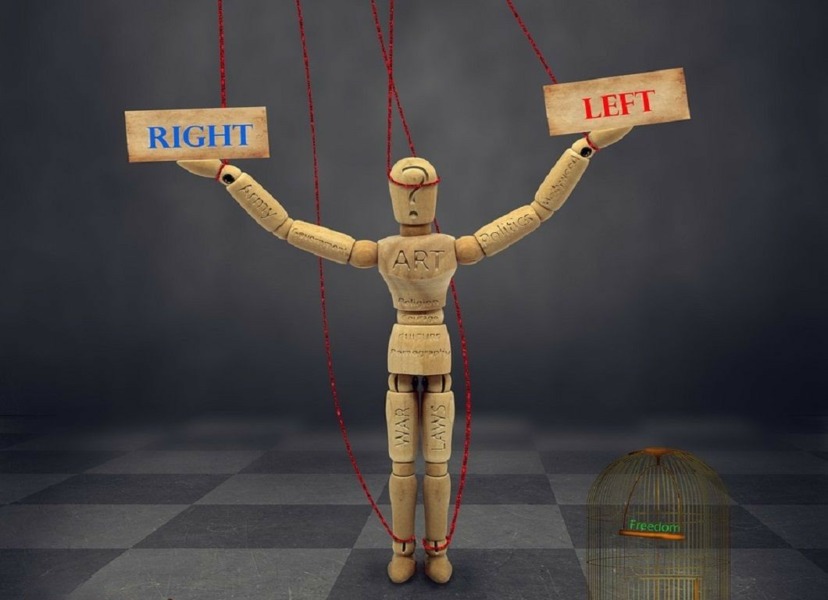Political Scabs: The Controversial Act of Political Defection, Crossing the Aisle
- TDS News
- Breaking News
- Trending
- September 5, 2023

The term “political scabs” is often used to describe elected officials who, having been elected by one party, choose to switch allegiances and serve another during their term in office. This phenomenon has occurred numerous times throughout history and across various countries.
Why would a political member, elected under one party’s banner, decide to cross the aisle and serve another? Several reasons drive such decisions. One significant motivation is ideology. Elected officials may find themselves at odds with their original party’s policies and direction, prompting them to seek alignment with a different party that better reflects their beliefs.
Additionally, friction with the leader of their original party can be a catalyst for political defection. When a legislator feels sidelined or disregarded by their party’s leadership, they may join a rival party where they believe their contributions will be valued.
Political defection can leave constituents feeling disenfranchised and betrayed. When voters cast their ballots, they do so with the expectation that the candidate they elect will represent their interests and the platform of the party they campaigned under. When an elected official switches sides, it can erode trust and leave constituents questioning the legitimacy of the democratic process.
This practice has occurred in many countries throughout history. Let’s look at three notable examples:
- Canada: In 2004, Belinda Stronach, a member of the Conservative Party, crossed the aisle to join the Liberal Party, to sit in Cabinet under Prime Minister Paul Martin.
- United States: In 2009, Arlen Specter, a long-time Republican senator from Pennsylvania, switched to the Democratic Party, citing ideological differences.
- United Kingdom: In 2019, several Members of Parliament (MPs), including Philip Lee, defected from the Conservative Party to join the Liberal Democrats over Brexit disagreements.
Crossing party lines is not limited to elected officials alone; it also extends to card-carrying members. Throughout history, individuals have switched party affiliations due to disagreements with party leaders or shifts in the party’s direction. One of the most striking recent examples was during the election of Trump, where millions of Republicans became Democrats or independent voters due to concerns about his divisive rhetoric and his handling of issues like COVID-19. This phenomenon underscores that political realignment is not exclusive to one party, highlighting today’s dynamic nature of political beliefs and allegiances.
There has also long been a notion that some candidates run under the banner of one party merely to secure election, to cross party lines once in office. This premeditated, calculated move is often seen as disingenuous and manipulative by the public and fellow politicians.
Some argue that there should be rules in place to address this issue. For instance, if a party member crosses the aisle to vote with another, it could trigger an automatic election, as they may no longer act in the best interest of the constituents who elected them.
However, it’s important to note that not all cases of political defection are driven by opportunism. Some individuals genuinely believe that their original party has deviated from its core values or that the direction of government under their party’s leadership is detrimental. In such cases, these politicians cross party lines out of duty to their constituents and the principles they hold dear.
The act of political defection, while controversial, remains a recurring feature in politics worldwide. It raises questions about the authenticity of elected officials and their impact on the democratic process. Whether stricter rules should govern this practice is a subject of ongoing debate. Still, ultimately, the voters hold the power to judge and decide the fate of politicians who cross party lines in the next election based on their merit and performance.








